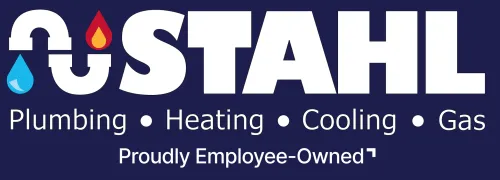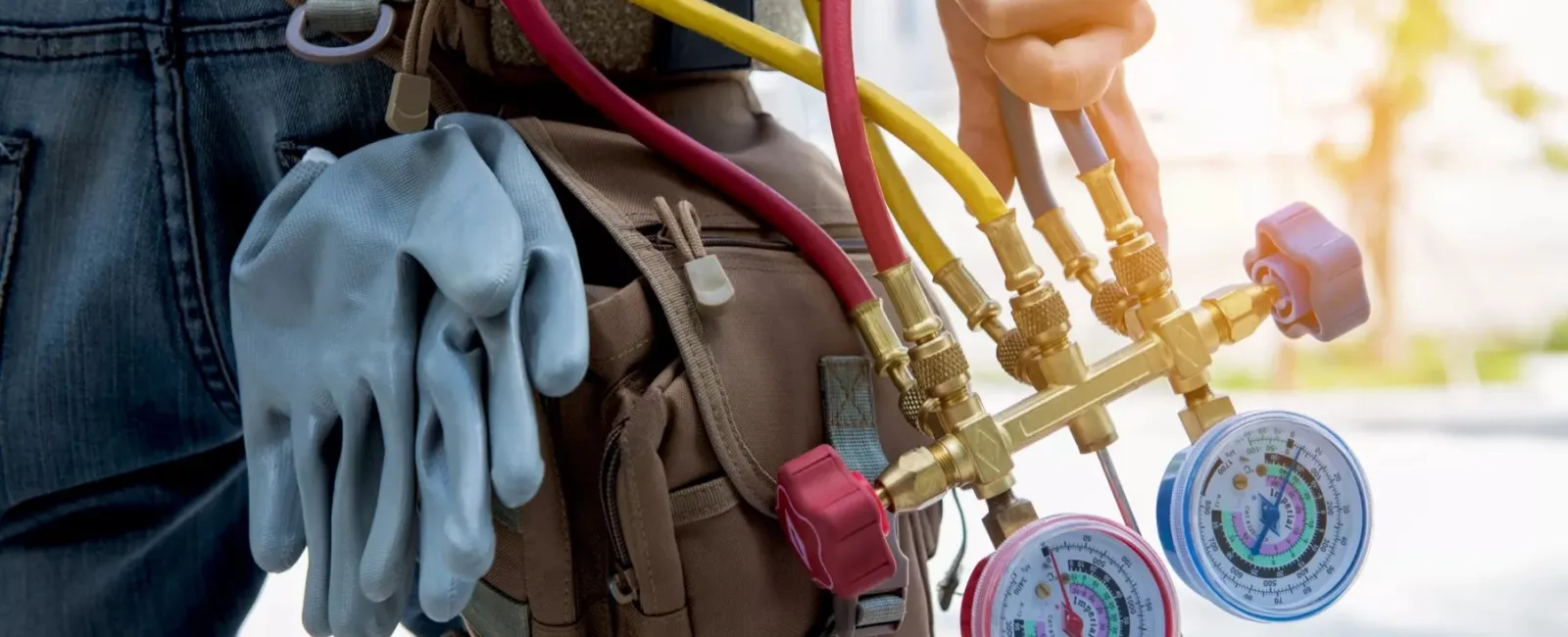Every residential and commercial plumbing system is designed to allow a clean supply of freshwater and to subsequently dispose of waste water, otherwise known as sewage. When everything is operating as it should, there will be a continuous flow of clean water through your home or office. However, one problem that can seemingly strike at random and cause a whole manner of further issues is backflow. Please contact our emergency plumbing repair in Pittsburgh if you see or suspect signs of sewage backup.
What Is Back Flow?
As the name suggests, back flow refers to the process in which contaminated water is reversed back into a building. Sources can range from frozen pipes and burst water main lines to a sudden increase in water supply demand or anything else that may lead to a significant change in system pressure. Back flow occurs when the system pressure drops below what is required to maintain the regular, forward-running current of waste water.
The health risks associated with backed-up sewage systems are easy enough to ascertain, and the cleanup costs are high. This is one situation where hiring an emergency plumber is paramount.
Testing for Back Flow
Backflow prevention equipment is required in all residential, commercial and industrial buildings, but it is not uncommon for it to fail. Our certified plumbers are often called upon to perform thorough back flow tests. Given the work involved and the need for an accurate analysis, this is only a job for master plumbers with adequate prior experience.
Multiple steps are involved in the testing procedure for each of the various prevention devices (e.g. pressure vacuum breakers, reduced pressure principle back flow preventers and double check valve assemblies). After determining the specific equipment in use, the flow direction must be gauged. The next step is to number the test cocks, free them of any debris buildup via line bleeding, and then attach any needed bushings or adapters. After deactivating the downstream shut-off valve, you will need to hook up the respective test kit hoses. Wait a few moments before doing this to see if water leaves the relief valve. If it does, the valve will need to be serviced before any further work can be performed.
Stahl Plumbing specializes in sewer line repair and water leak detection. We are also have years of experience with back flow testing in Pittsburgh.

